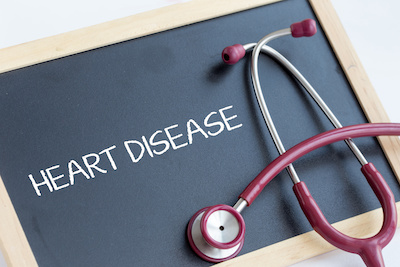Young healthy adults with mild COVID-19 symptoms may have an increased risk of cardiovascular and heart complications, and may continue for some time after infection. This according to new research published in Experimental Physiology, highlights the possible long term health impacts of COVID-19 non-hospitalized young adults who had only minor symptoms due to the virus.
In particular, The study recorded evidence of increased stiffness of arteries in young adults. This has implications for future heart health, as well as other populations who may have had severe cases of the virus.
“These findings suggest a potential long-term impact of COVID-19 on young, relatively healthy adults who may otherwise think the virus may not be affecting them,” said Dr. Steve Ratchford, senior author on the paper.

While SARS-CoV-2, the virus known for causing the COIVD-19 pandemic, is mainly characterized by respiratory symptoms, other studies have recently shown changes to blood vessel function among young adults 3-4 weeks after being infected with SARS-CoV-2 (Ratchford et al., 2021). This has also been observed months after infection in older adults as well (Riou et al. J Clin Med. 2021).
The research team at Appalachian State University found that the virus may have detrimental effects to arteries throughout the body, including in the carotid artery which supplies the brain with blood. This draws comparisons between SARS-CoV-2 and other acute bacterial and viral infections which alter arterial stiffness such as rheumatic fever, Kawasaki disease, pneumonia, H. Pylori, and lupus, all of which may persist long after symptoms have resolved.
Study Methods and Results in Long-Term Cardiovascular and Heart Complications
- The researchers tested young adults 3-4 weeks after being infected with SARS-CoV-2. They used an ultrasound on the carotid artery and took recordings of that image for 10-15 heart beats.
- These recordings were analyzed on a computer software to find measures of carotid stiffness. For the control group, they used data from young healthy adults who were studied prior to the COVID-19 pandemic.
- The researchers are following these young adults for 6 months after initial infection with SARS-CoV-2 to observe if and when the arterial health of these individuals is improving.
The results of the longitudinal study will be interesting, as these adults’ symptomology may improve, yet their arterial health may not be recovering as quickly, which may have significance for their heart health. Further study will tell more about the long-term cardiovascular and heart complications of these young adults.
These studies should aim to study a more diverse patient population over time, especially older adults who are more susceptible to the virus and who may have underlying conditions such as heart disease, diabetes, and hypertension.
As far as limitations of this study goes, the researchers do not know if the SARS-CoV-2 group had any innate decrements in arterial stiffness prior to contracting the virus. They also did not control for menstrual cycle or variations in contraceptive use in either group. However, previous research has indicated that contraceptive use and menstrual cycle fluctuations among young healthy females may not influence the outcome measures they were studying.
Conclusion/ This cross‐sectional analysis revealed higher carotid artery stiffness and aortic stiffness among young adults with SARS‐CoV‐2. These results provide further evidence of cardiovascular impairments among young adults recovering from SARS‐CoV‐2 infection, which should be considered for cardiovascular complications associated with SARS‐CoV‐2.




